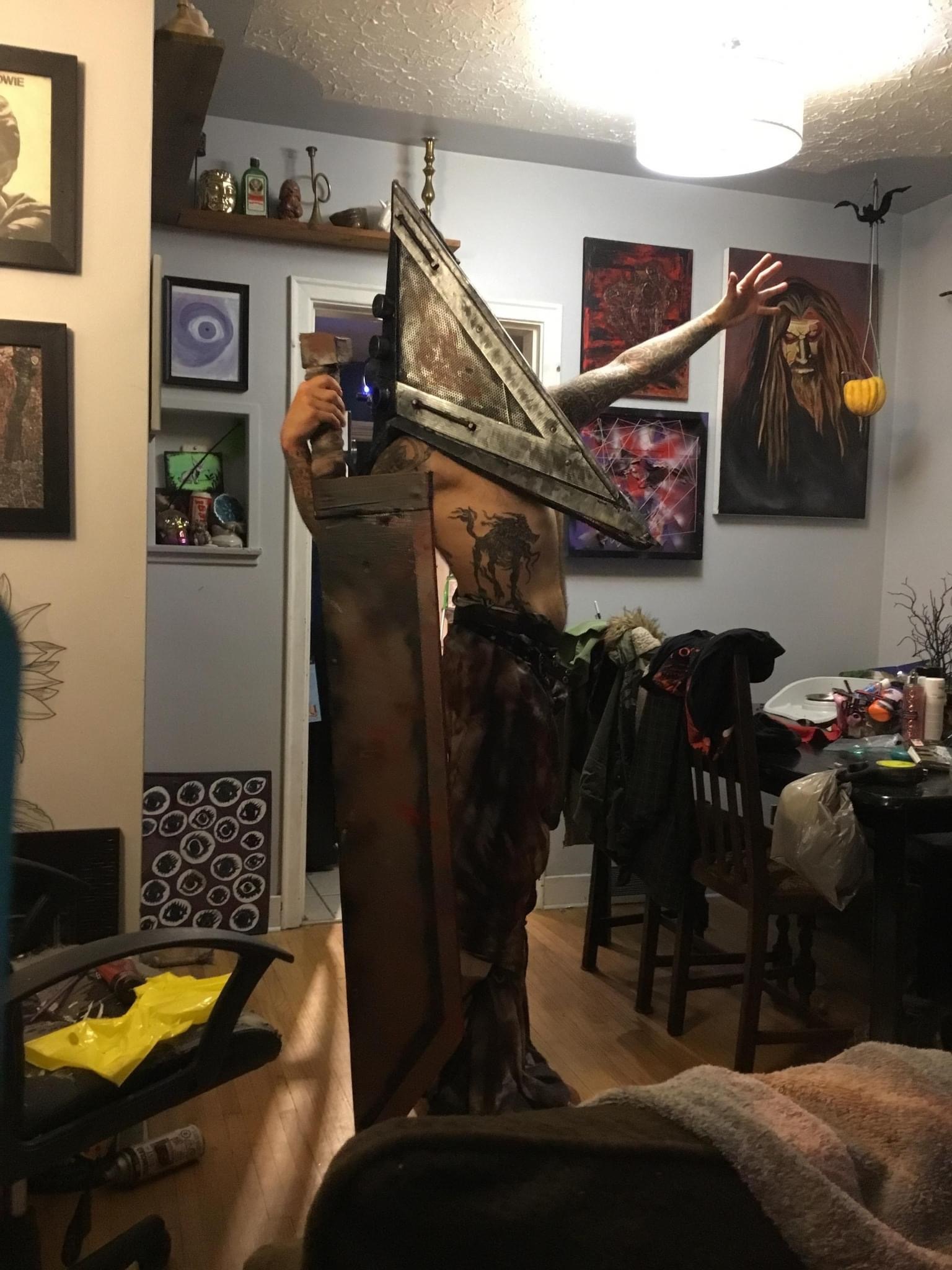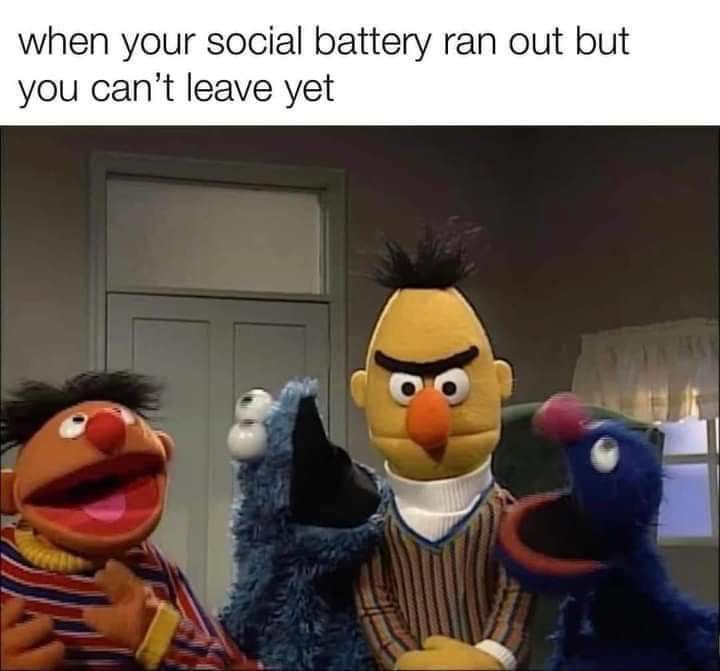Hi all. I’ve mounted a couple of things to studs before without an issue.
But I have a little bit more of an elaborate setup. I have a bunch of shelves for my cat that I want to put on the wall. I have a stud/wire detector, but one of the walls I wish to use has voltage detected across a very large area for some reason. And when I put my hand on the wall, it stops ever detecting any wires at all!!
Could there really be that much electrical wiring within this one wall??? There is a singular outlet in this area, but the detector goes off all over the wall, not just above the outlet.
My studs are very far apart at around 24 inches. So only small portions of the shelves will be drilled into the wall and the rest will be seated in the drywall with drywall anchors unfortunately.
How can I work on this project…drilling into both studs and drywall while avoiding the 10,000 wires that are evidently inside of my wall??? And also why do the “wires” all disappear when I touch the wall??
Thanks all lol.
The stud finder sucks, those give false positives for electrical all the time. You’re probably fine if the wall isn’t riddled with outlets, switches, or has a breaker panel.
If you’re really concerned, drill through only until you’re past the drywall. It’s only about a half to five eighths of an inch thick. Wrap a little piece of tape around your drill bit as a depth gauge. Alternatively, there are drywall anchors that look like fat plastic white screws that don’t require a pilot hole. You can get those and avoid drilling entirely.
I sont know is you’ve ever used those “screwing” plugs, but you absolutely need to drill a hole first. It’s impossible to screw the in elsewise. The amount of torque needed to actually screw them in would strip the inside otherwise.
I never have, never needed to, never will. I’ve stripped a couple over the years but they come in boxes of like 100 and I just take it out with a bigger phillips head and use a different one.
Maybe sheetrock is different where we’re both located. I’m in the Netherlands.
Home improvement contractor here.
Short answer: it’s always inherently risky. There’s no 100% certain way to avoid it. But there are things you can do to mitigate the risk. First, look for outlets and light switches - wires generally run straight up or straight down from them. The same principle applies to plumbing. Most electronic stud finders also have a feature to detect metal and live wires. They’re quite unreliable though.
Another precaution is to use masonry bits instead of wood or metal bits. Masonry bits have blunt ends, so you’re less likely to damage wires or pipes even if you hit one. You should also avoid drilling too deep, and whenever possible, aim for studs - there’s rarely anything critical inside them.
That said, hitting something important is quite unlikely. In a standard wall, there’s usually not much inside. Kitchens and bathrooms are a bit riskier. For perspective, I’ve probably drilled over a million holes into walls and ceilings, and I’ve only ever hit a wire once - and that was in the oddest place, running between a wall and a door jamb. It was such a strange location that the thought never even occurred to me until the room went dark.
If you hit a wire you’ll probably just blow a fuse. It’ll cost to fix it but it’s rarely catastrophical. Plumbing is a different story - you can cause a lot of damage in very short period of time. It’s generally recommended to locate AND TEST the main shut off valve before drilling if you’re unsure. Word of caution though: these valves may sit untouched for decades and may start leaking when you do.
Unfortunately, there’s not enough info to help without risk of mistake. Do you live in a single home structure or shared(condo, apartment, duplex, etc.)? What’s the age of the structure? Is your breaker panel on either side of the wall you’re working on? Is it an exterior or interior wall?
When you say stud/wire detector, what do you actually own? There’s no device I know of that combines voltage detection with a stud finder, so I’m guessing your device is a stud finder marketed to also find other buried elements.
If you’re working with a traditional stud finder, a lot of things can give off a false positive, like insulation, lath and plaster construction, pipes, a second skin of drywall and even an exceptionally thick coat of compound.
To have the best chance at not messing this up, I would suggest making an inspection hole. You can either purchase a cheap boroscope cam that you connect to your phone or laptop and make small, easily patched holes or a larger hole to insert your phone. If you can remove your baseboard and replace it, you can hide the holes behind the baseboard without having to patch them when you’re done.
Depending on the age of the structure, you can often make assumptions on how the wires are run in the cavities but you don’t want to risk hitting something important.
cheap horoscope cam
Auto(in)correct strikes again, presumably. Guessing that’s intended as “borescope” unless you’re using star signs to find studs (though many charlatans assure me this method works just fine).
That definitely would be a more amusing way to find studs.
You will find true love on flag day.
Unfortunately, there’s not enough info to help without risk of mistake. Do you live in a single home structure or shared(condo, apartment, duplex, etc.)? What’s the age of the structure? Is your breaker panel on either side of the wall you’re working on? Is it an exterior or interior wall?
I live in a townhouse build in 1998, so many shared walls. The breaker panel is an entirely different area of the home. These are interior walls.
When you say stud/wire detector, what do you actually own? There’s no device I know of that combines voltage detection with a stud finder, so I’m guessing your device is a stud finder marketed to also find other buried elements.
I have this model. Sorry. It detects AC wires, not voltage, per se. It is a Zircon HD55.
In most cases, the ‘party wall’ between two townhouse units is not allowed to carry any services - no wires, pipes, or ducts. The ones I’ve seen being built lately often have a couple extra sheets of drywall just sitting in the wall between units, presumably as a fire/noise retardant, and that might confuse stud detectors.
You’re also not supposed to do stuff to those party walls, at least not without consent from the neighbor, because they are essentially co-owned.
I’m confused. How could there possibly be no wires or pipes in between the shared walls?
I guess I could see how you could get away with it in terms of pipes, but wires? If you couldn’t put wires in shared walls, then like 80% of the wall space on your average townhome couldn’t have an outlet. I have plenty of outlets on my shared walls. Pretty sure one of my shared walls has plumbing too because that’s where I had a water leak. Quite frankly there is hardly any additional wall space left for an outlet if the shared walls couldn’t be used for outlets and switches.
For example, in my 1980s townhouse, all the plumbing goes through one interior wall. There’s void space in the bathroom that carries chimney and ductwork. Wiring goes variously through that one interior wall and the exterior walls. The kitchen has a fake wall built in front of the party wall to give space for extra outlets.
This might be the general ‘best practice’ today for plumbing, but even as recent as 1998 I wouldn’t count on it. It was technically not against code in Canada around 5 years ago as long as the piping was done in fire-rated materials. Also it’s pretty much impossible to not have at least some wiring in party walls.
Isn’t there usually a concrete wall or something between townhouses? (I’ve never owned one, so I don’t have firsthand experience.)
The really nice ones :) Concrete is a lot quieter. They’ve put up several new complexes in my area, and even for $600k, you get just framed party walls. Some of the builders go so far as to build little brick extensions on the exterior facade, so it looks like masonry wall extends between the units. My unit has a daylight basement, and the below-grade party wall is cinderblock, like the below-grade exterior wall, but that ends at grade.
Huh. Thanks. I thought it was necessary to meet fire code.
It gives very inconsistent readings around the wiring in this wall so it’s difficult for me to determine this sort of thing. I get the manual is just like “try again from further away”, but it still doesn’t make it any easier to figure out where the wires actually are because of the inconsistency.
Perfection requires x-rays or tearing the wall down.
a rule of thumb is the middle third is for pipes nd wires, the outside thirds are for screws. This doesn’t always hold (it isn’t physically possible in all cases), but tradesmen try for it.
There are good wire, stud, and metal detectors out there, and a lot of cheap junk.
If that detector is a recent purchase, might want to see if there’s any sort of manual included in the packaging or try looking up a brand name and model number. Most (if not all) that I’ve used have you start by holding the device to the wall to establish a baseline before doing a sweep across the area of interest. I usually try a few spots as the initial calibration point and also tap on the wall to listen for hollow/solid areas to see if the device readings are sane.
This stack exchange post has some useful tips as well. One specifically mentions touching the wall for grounding to reduce false positives, sounds like it could be related to what you’re seeing. There’s also a suggestion about adding layers of paper to decrease sensitivity so you’re filtering out the weak results that may be another source of false positives.
If in doubt, flip your breaker switch for that area and confirm with a plug-in tester before putting holes in stuff. It’s easier to turn that back on than to restart a human. As for anchoring, you might be fine with those little press-in plastic pieces but if your cat likes lasagna as much as some, might be worth checking out molly bolts or toggle bolts: they start with a bigger hole than the plastic bits but then expand on the other side of the drywall to spread out the applied forces. Over-engineering lets me down less often than just winging it.
If that detector is a recent purchase, might want to see if there’s any sort of manual included in the packaging or try looking up a brand name and model number. Most (if not all) that I’ve used have you start by holding the device to the wall to establish a baseline before doing a sweep across the area of interest. I usually try a few spots as the initial calibration point and also tap on the wall to listen for hollow/solid areas to see if the device readings are sane.
Yeah I mean the stud detection part isn’t the issue. That works just fine. It’s the wire thing that has me uneasy. My model works the same as most…hold it against the wall to calibrate and then slowly sweep.
This stack exchange post has some useful tips as well. One specifically mentions touching the wall for grounding to reduce false positives, sounds like it could be related to what you’re seeing. There’s also a suggestion about adding layers of paper to decrease sensitivity so you’re filtering out the weak results that may be another source of false positives.
So I was reading some things about this online which is why I tried the hand thing. The thing is that the manual states for me to NOT put my hand on the surface being scanned. While it makes the warning go away, I’m wondering if it now makes it a false negative.
Get a drywall router, rout out the holes for drywall anchors and put them in. A drywall router will only go as deep as the drywall is so you will not hit the wires. If you have extra questions let me know, I own a contracting company.
Use no-drill drywall anchors. The plastic ones generally expand when you screw in the screw. The metal ones don’t, since they’re metal and hold better than plastic. I’ve used both, and usually prefer the metal, because they’re easier to remove is I need to.
Plastic:

Or metal (usually zink):

Are you on the same floor as the electrical panel? If yes, it is unlikely that there would be wires UNLESS they are powering something in that section of wall.
Does the section of wall you’re working with have any lights, light switches or electrical outlets?
If no, you’re probably safe. Why would there be a wire there?
If you’re NOT on the same floor as the box, and there’s another floor further removed from the box relative to where you are, then there could conceivably be a wire powering something on that different floor. Example: box on floor 1, you on floor 2, device getting power on floor 3.
JFC has any one in this thread ever run a wire? While your over focused on sensors locating wires it skips the common sense of actually installing a wire. Just locate the studs and mount the shit. If you hit a wire you die. Try again.






